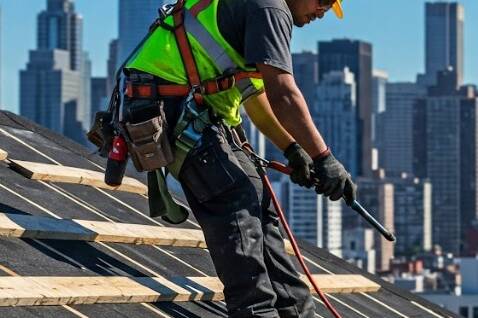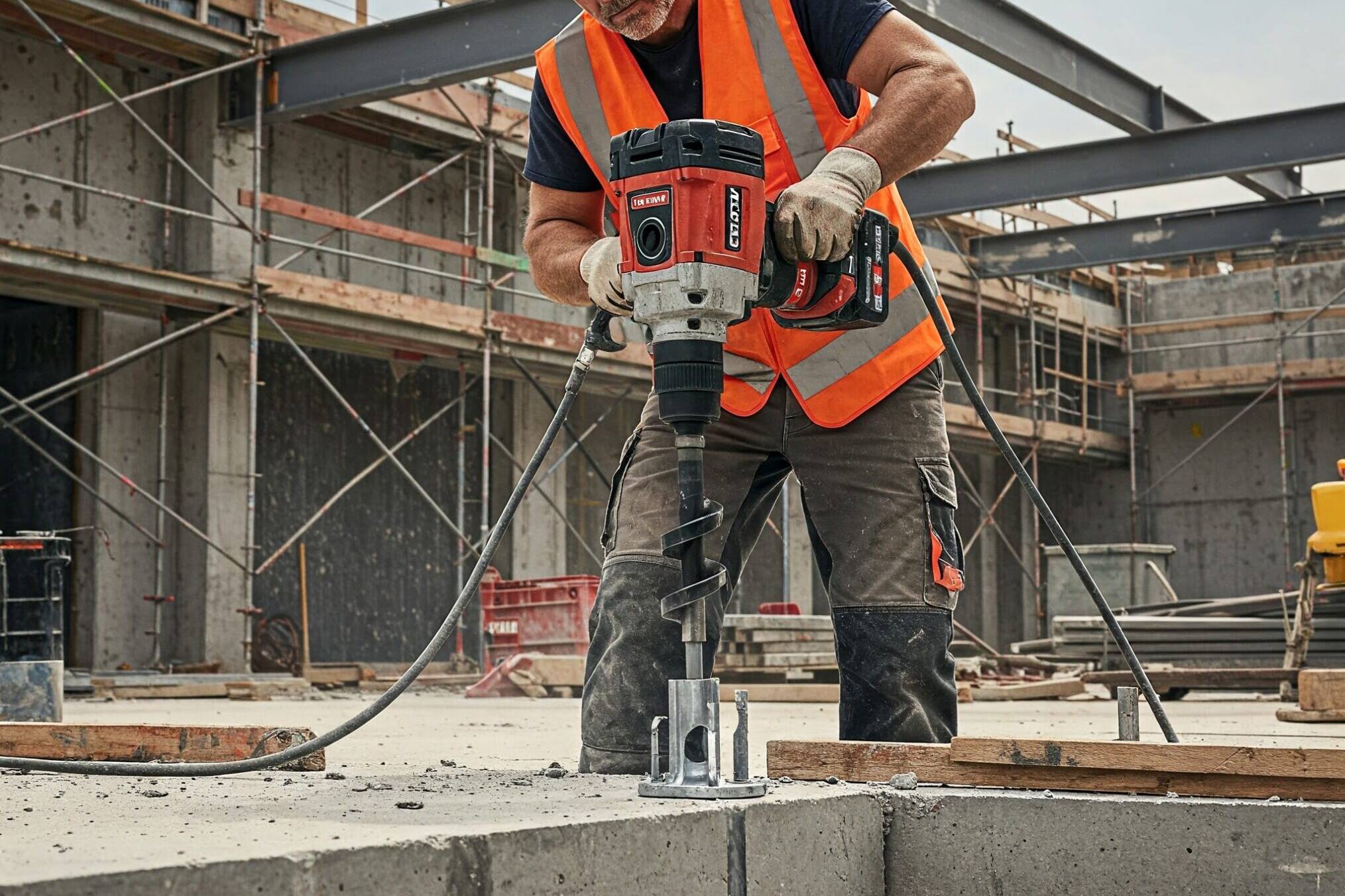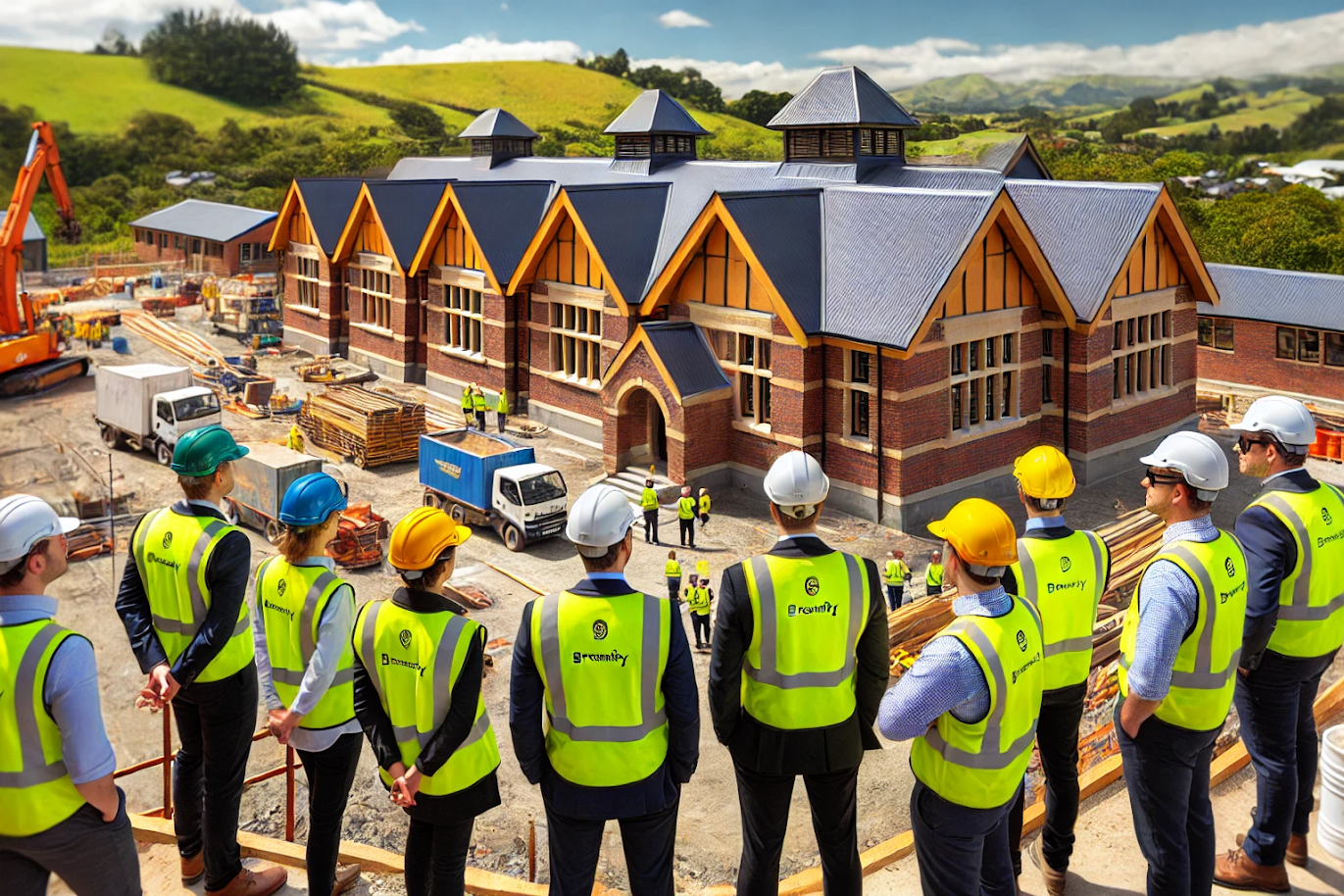During an earthquake, buildings experience ground shaking and seismic forces. Internal partitions can be vulnerable to these forces. If they are not designed correctly they may fail, leading to collapse or damage. Seismic engineering considers the dynamic loads and motions caused by earthquakes and ensures that the partitions are designed to withstand these forces, maintaining the overall structural integrity of the building.
Why is seismic design important for partitions?
Internal partitions play a role in distributing these forces and transferring them to the building’s structural frames or walls. By appropriately designing the partitions, seismic forces can be effectively transferred to the primary structural elements, minimising localised stress concentrations and contributing to the overall seismic performance of the building.
Read more about how a modern bracing system works with partition walls during a seismic event, including how the interactions between a partition wall and a main wall differ from the interactions between two partition walls.
Protecting People and Property – The Why of Seismic Design
Internal partitions serve as barriers within a building, and their stability is vital for the safety of those inside. Proper seismic engineering ensures that the partitions can withstand the lateral forces generated by earthquakes and remain intact, reducing the risk of collapse or separation. This helps prevent injury or potential trapping people inside buildings during seismic events.
Furthermore, important infrastructure, such as hospitals or emergency control centres, need to continue working immediately following an earthquake. This requires seismic designs that help the building to remain functional so rescue and recovery operations can continue and emergency support can continue to be provided.
In the days following an earthquake, businesses need to be able to get up and running quickly to provide supplies for their local communities. Seismic design that protects stock and machinery, and minimises internal damage is important for post disaster functionality. The continuation of businesses is also important for the longer term recovery of the communities affected.
Read more about the short, medium and long-term importance of interior seismic design for buildings.
Overall, seismic engineering is essential for internal partitions to enhance the safety, structural integrity, and functionality of buildings during seismic events. By considering the specific requirements and loads imposed by earthquakes, engineers can design partitions that contribute to the overall seismic resilience of the building, protecting occupants and reducing damage.
If you’d like us to help you with a project that requires interior seismic engineering expertise, please get in touch.
Fall Arrest Systems: How Fall Protection Compliance Differs Between Australia and New Zealand
While both Australia and New Zealand adhere to similar fall protection standards, their approaches to enforcement and…
Rethinking Seismic Anchors: A Smarter Approach for Interiors Engineering
Explore how Brevity is leading a smarter approach to seismic anchors in interiors engineering—balancing compliance,…
Navigating Interiors Engineering Challenges in New Zealand’s Education Sector: Key Considerations for Architects
Designing interiors for educational facilities in New Zealand requires a precise balance between safety, functionality,…


